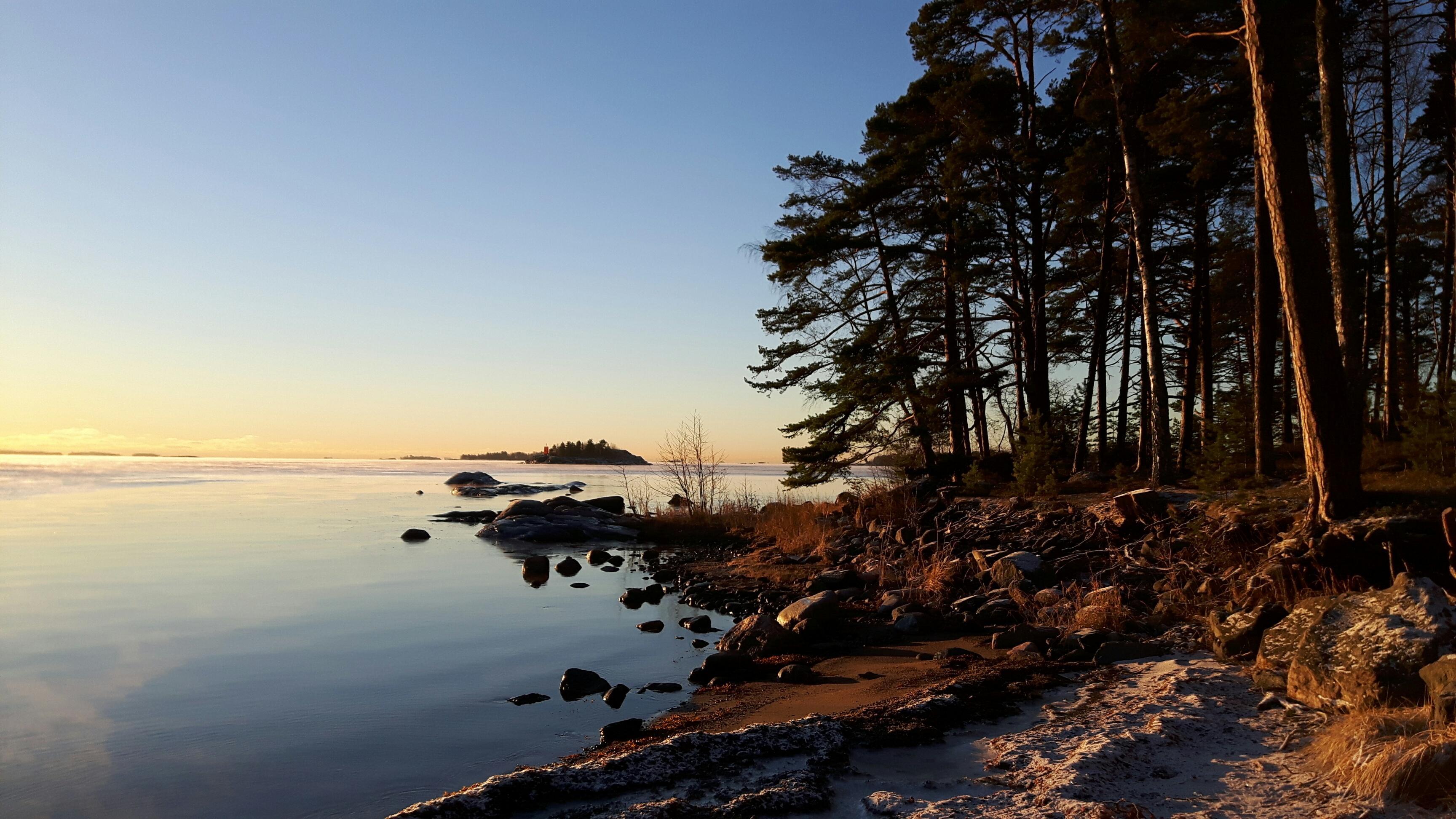Sunny Vuosaari gave its best as group of Finnish and Swedish scientists gathered to the 1st roundtable meeting of NutriTrade. The aim of the day was to share the latest understanding regarding salt pulses, relevance of different phosphorus fractions on eutrophication, innovative measures to mitigate internal phosphorus loading and coupling of eutrophication management of inland waters and the Baltic Sea.
Seppo Knuuttila’s (Finnish Environment Institute) presentation on salt pulses opened up the day. Contrary to what has been generally thought, rarely occurring salt pulses might weaken the status of the Baltic Sea and especially the Gulf of Finland. Short term benefits brought by oxygen rich water are outweighed by increased stratification in the long run. With stronger differences in the salinity of top and bottom water layers, less oxygen is available for bottom sediments, accelerating internal phosphorus loading.
Sven Blomqvist from the Stockholm University demonstrated a promising measure to tackle the internal loading. Marl – carbonate-rich clay obtained as by-product in Gotland mines – could be used to bind phosphate near anoxic and hypoxic sediments. A pilot study in Sweden is under preparation. It will shed light on the applicability of the measure in real world conditions.
Petri Ekholm from the Finnish Environment Institute was pondering whether measures in agriculture should target reducing dissolved phosphorous, which is readily algal available, or particulate phosphorous, of which only a proportion is ever converted into algal available form. The rule of thumb of this very complicated subject seems to be that the reduction of dissolved phosphorous leaching is always recommendable and the reduction of particulate phosphorous can be recommended if the amount of dissolved phosphorous won’t increase at the same time.
Stockholm University’s professor of hydrology Gia Destouni talked about nutrient loads in Swedish rivers and lakes. Long-term monitoring shows clearly how nutrients accumulated in the soil continue to leach to surrounding rivers and lakes. The links between Gia’s presentation and Pilot Gypsum of the Project NutriTrade are obvious and measures are needed to combat the adverse effects of this so-called legacy phosphorus.
The positive news is that even though the internal loading plays a major part in the Baltic Sea, the sea seems to respond to reduction of external nutrient loads. The work around these topics will continue in the project NutriTrade.

